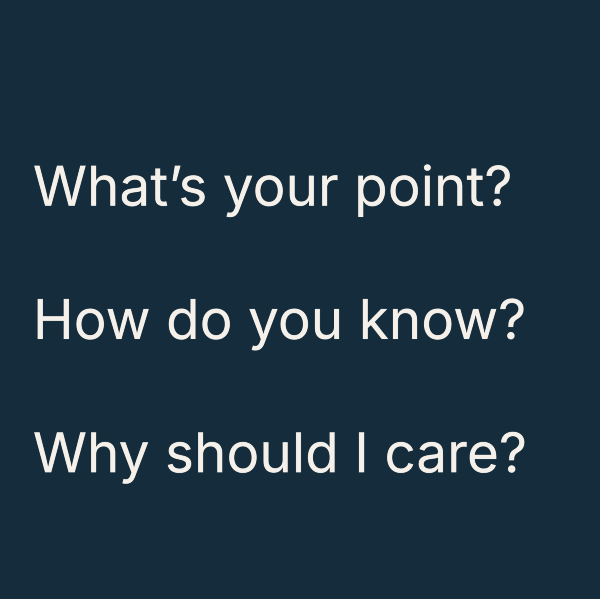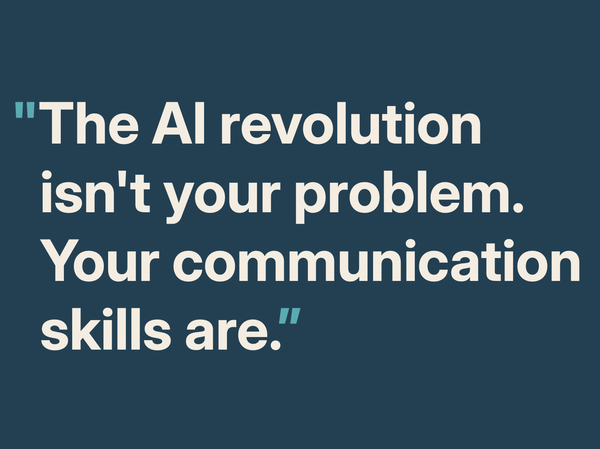Choosing a report structure

You can tell any joke you like but it’s best if you tell one that your audience laughs at.
When it comes to writing a financial report you can use any structure you like but it’s best to choose one that works for the reader.
Typically you might structure your report along the lines of:
Here’s a problem ➡️ This is the cause ➡️ Analysis of possible solutions ➡️ recommended solution
The problem with this structure, for busy people at work, is that the important bit is at the end. They have to work through all your analysis to get to the answer. They just want to know the ending. They want to know what, if anything, they need to do. Or, if the report is for information, they want to know your conclusions.
A better way is to focus on the needs of the reader rather than the vanity of the writer by bringing the end of the story to the front of the report. Tell the reader the recommendation first and then explain why. This means a structure along the lines of:
Recommended solution to a problem ➡️ Explain why ➡️ Suggested route to implement the recommendation
Basically this is a What–Why–How structure. It has two key advantages:
✅ it frames an issue more positively because it starts with solutions (improvements over the status quo) rather than the negative experience of describing a problem or challenge
✅ it does not force the reader to go through a lot of detail to get to the bit that matters.
Try this technique next time you are planning the structure of a report.




